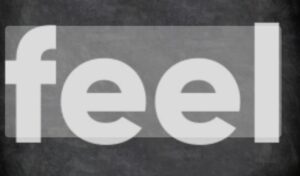Learn
As children, we learn behavioral patterns and societal norms from our parents and surroundings, internalizing what is deemed acceptable and what is not. Unfortunately, some of these teachings include negative beliefs like feelings of inadequacy, the need to hide emotions, and the expectation to feel shame when expressing anger. We’re taught to not pursue our desires and dreams too ambitiously, to refrain from asking for too much, and to doubt our own lovability. These lessons are deeply ingrained in us from early childhood and often persist throughout our lives. Consequently, as we mature, we often find ourselves conforming to the values and teachings instilled in us, unquestioningly accepting them as irrefutable truths.
Unlearn
When we identify the limiting beliefs and rules that hinder our daily lives, it’s crucial to unlearn and release them. We need to reassure our inner child that it’s acceptable to defy and not adhere to the constraints ingrained in early childhood. By granting permission to rebel against these unhelpful norms, we assure our inner selves that breaking free from them won’t result in negative consequences.
Growing up in a joyless environment, every moment of happiness seemed overshadowed by an impending sense of dread. Joy became synonymous with impending doom. As a guardian to my inner child, I aim to nurture its ability to savor carefree delight. Generations of hardship and adversity in my family have taught me to view pleasure and contentment as unrewarding. Consequently, my inner child remains unfamiliar with the joy of exploration, playfulness, and the sheer pleasure of learning for its own sake. It’s crucial for my inner child to learn to unwind and embrace the simple joy of play and amusement.




